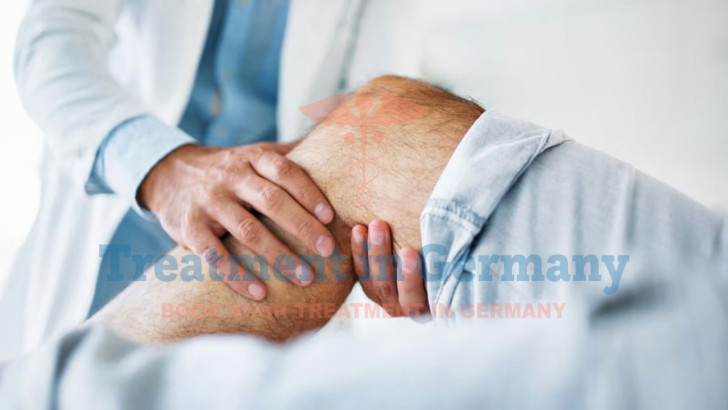
Osteogenesis imperfecta (brittle bone disease) is a genetic disease that makes your bones thin and brittle.
Osteogenesis Imperfecta (OI), commonly known as "brittle bone disease," is a rare genetic disorder characterized by fragile bones that break easily, often without apparent cause. This condition affects the connective tissue, primarily due to defects in collagen production, an essential protein for bone strength. Germany, known for its advanced healthcare system, offers world-class diagnostic tools and innovative treatments for OI, improving patients' quality of life and mobility.
Osteogenesis Imperfecta is a lifelong condition caused by mutations in genes responsible for collagen production. These mutations result in bones that are weak and prone to fractures. OI can range from mild to severe, with the most severe forms causing life-threatening complications. Apart from bones, the disorder may affect teeth, skin, hearing, and muscles.
OI is classified into several types based on severity and genetic mutations:
The primary cause of OI is a genetic mutation affecting the production of collagen, a protein vital for bone structure and strength. Most cases are inherited in an autosomal dominant manner, meaning one parent can pass the defective gene to the child. In rare cases, the condition occurs due to spontaneous genetic mutations.
The symptoms of OI vary depending on the type but commonly include:
Germany offers state-of-the-art diagnostic tools to confirm OI and assess its severity:
Treatment Options for Osteogenesis Imperfecta in Germany
While there is no cure for OI, treatments aim to strengthen bones, prevent fractures, and improve mobility. Germany is at the forefront of OI care, offering both traditional and innovative treatments:
Conservative Treatments
Surgical Treatments
Innovative Therapies in Germany
Germany is a global leader in regenerative medicine and advanced therapies for OI, including:
Why Choose Germany for Osteogenesis Imperfecta Treatment?
Germany’s reputation as a global hub for medical innovation makes it a top choice for OI treatment:
Prevention and Management of Osteogenesis Imperfecta
Since OI is a genetic disorder, it cannot be prevented. However, proactive management can significantly improve quality of life:
🌍Why Patients Worldwide Prefer Our Medical Services in Germany – Key Benefits Explained:
FAQs
Can OI be cured?
Currently, there is no cure for OI, but treatments can improve bone strength and mobility.
Is OI life-threatening?
Severe forms (Type II and III) can be life-threatening, while mild forms (Type I) often allow for a normal lifespan.
What is the role of bisphosphonates in OI treatment?
Bisphosphonates improve bone density and reduce fracture risk by slowing bone resorption.
Why is Germany a preferred destination for OI treatment?
Germany’s advanced medical infrastructure, expert specialists, and access to innovative therapies make it a global leader in OI care.
Can children with OI lead normal lives?
With proper treatment, assistive devices, and support, many children with mild to moderate OI can live fulfilling lives.
Conclusion
Osteogenesis Imperfecta is a challenging condition that requires a comprehensive approach to management. While there is no cure, advances in medical treatments and therapies, particularly in Germany, provide hope for improved quality of life for patients. By combining traditional treatments with cutting-edge research in regenerative medicine, Germany offers world-class care for individuals living with OI, ensuring they achieve greater independence and mobility.
Kindly complete the form below, and our dedicated team will reach out to you promptly. We look forward to connecting with you soon!
Trierer Straße, 56072 Koblenz, Germany
.webp)
.webp)
 (1).webp)
 (1).webp)

.webp)
.webp)
 (1).webp)
 (1).webp)
